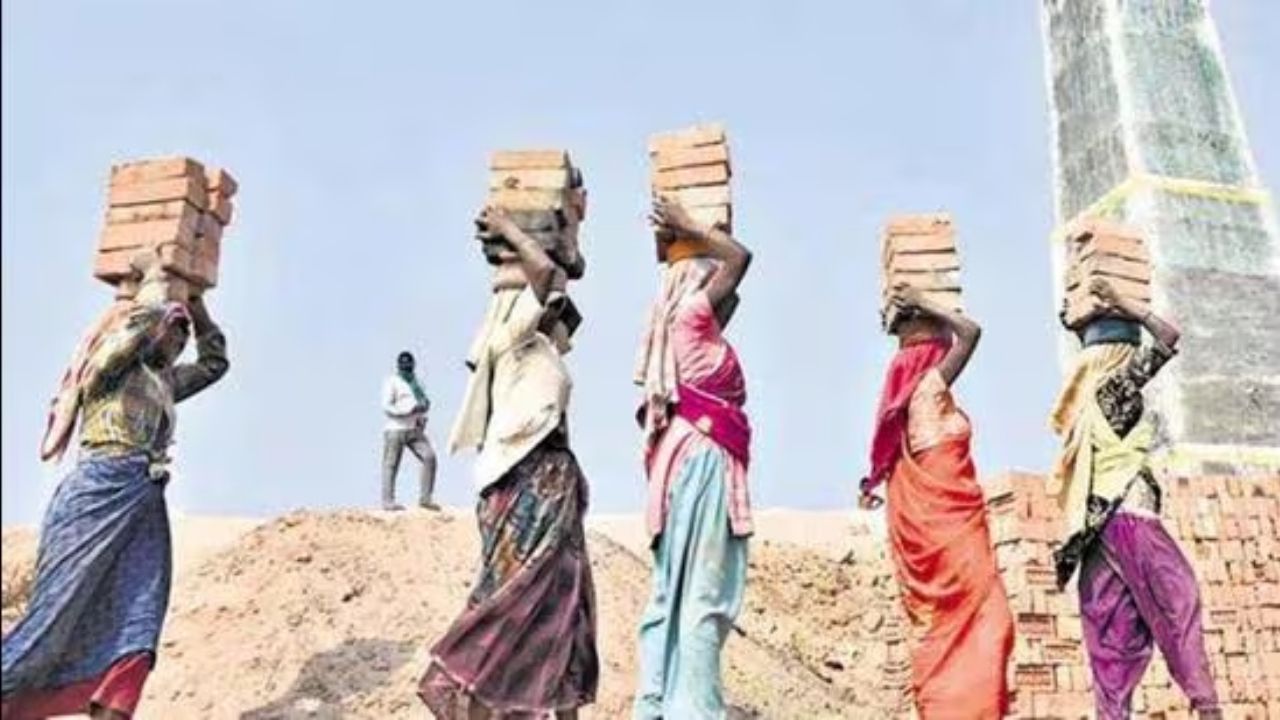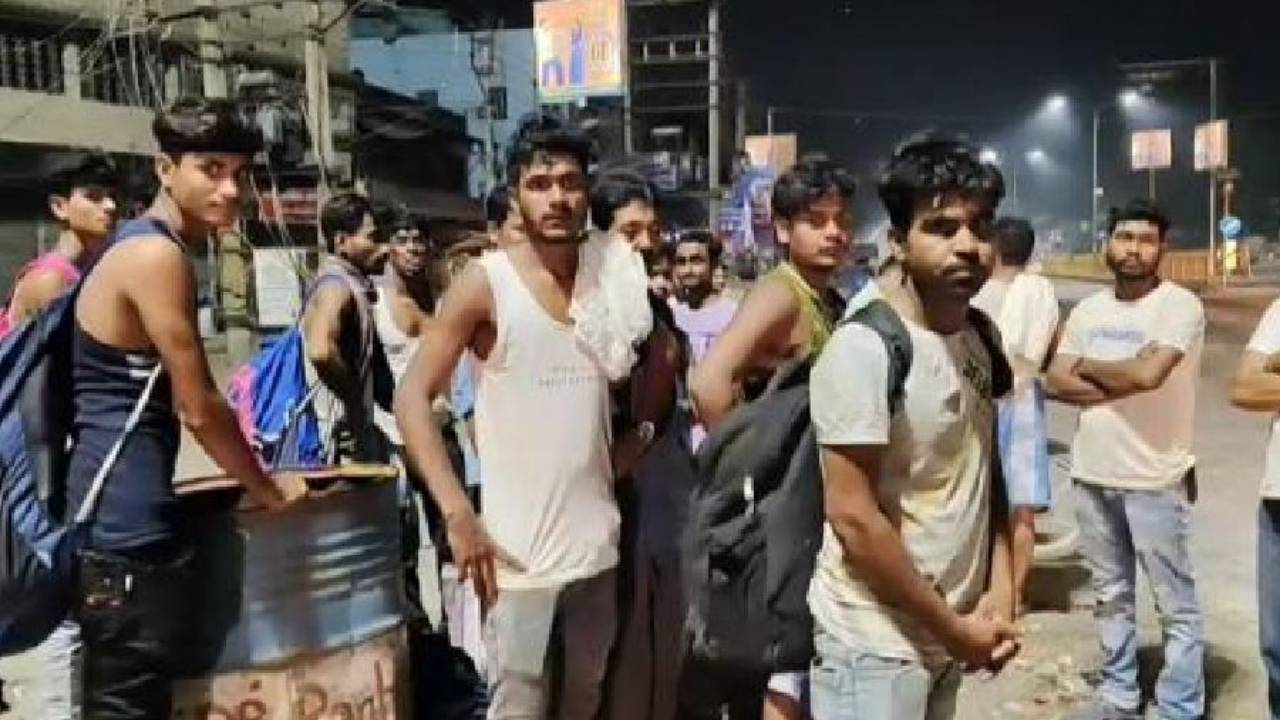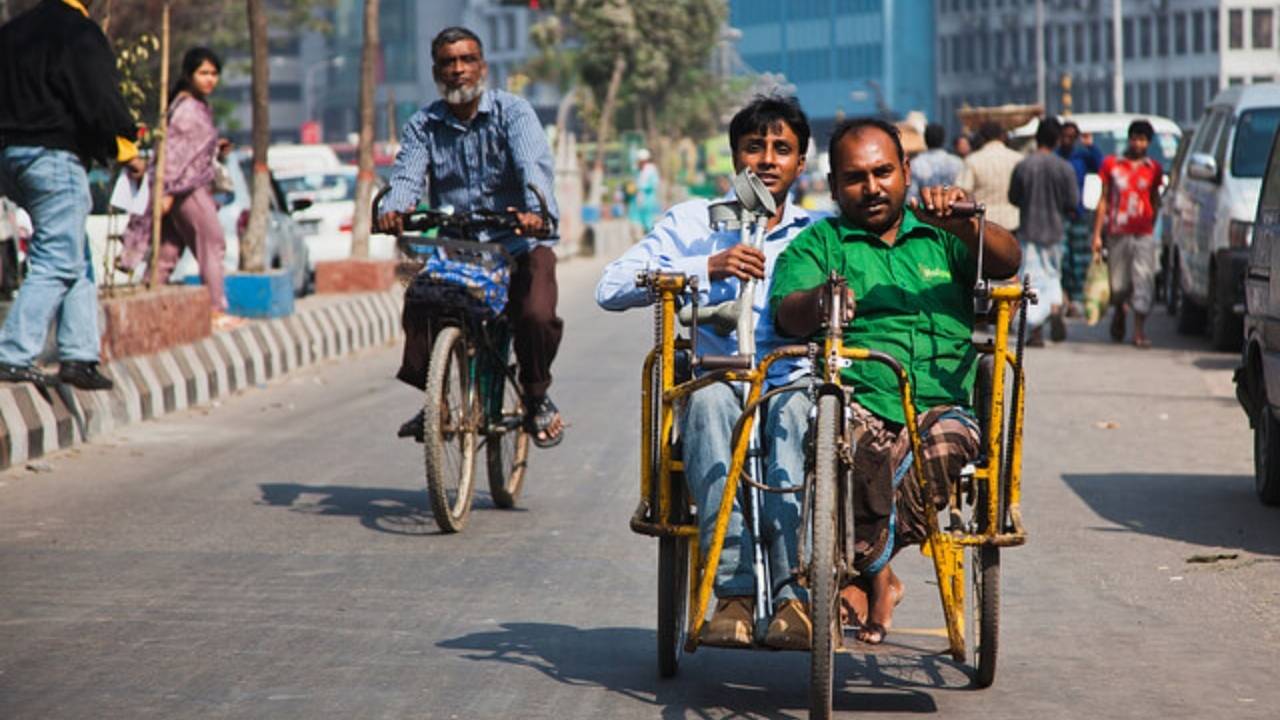In recent years, there has been a noticeable shift in the movement of labor across India, with workers from the eastern state of Odisha seeking better job opportunities in the southern state of Kerala. This migration has become a vital part of Kerala’s workforce, driven by the promise of higher wages, better employment opportunities, and more significant economic prospects. However, as the flow of Odia workers continues to rise, it brings with it both economic benefits and a host of social challenges that need to be addressed for sustainable growth.
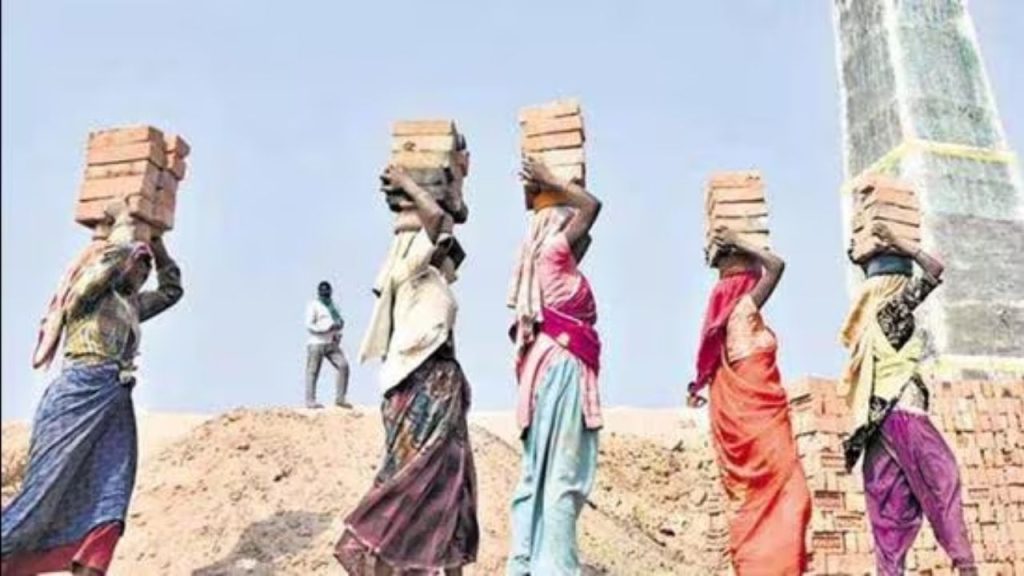
This article takes a deep dive into the reasons behind the migration of Odia workers to Kerala, the challenges they face, and the impact this movement has on both the states involved. If you’re looking to understand the socio-economic trends of migrant labor in India, the role of remittances, and how Kerala has become a prime destination for workers from Odisha, this article is for you.
Odia Workers Flock to Kerala
| Topic | Details |
|---|---|
| Key Migration Trend | Odia workers migrate to Kerala for higher wages and better job opportunities in unorganised sectors. |
| Average Wage Difference | In Kerala, workers earn ₹600-₹700 daily compared to much lower wages in Odisha. |
| Remittances Sent Home | Odia workers send approximately ₹35 crore annually back to their homes in districts like Daringbadi. New Indian Express |
| Challenges Faced | Wage theft, unsafe working conditions, limited social security, and overcrowded living conditions. Times of India |
| Role of Migrant Workers | Crucial to Kerala’s economy, especially in construction and manual labor sectors. |
| State Government Actions | Kerala’s welfare programs for migrant workers but issues of exploitation remain. |
Odia workers flocking to Kerala in search of better wages and job opportunities is a trend that reflects larger economic forces and disparities between states. While Kerala offers higher pay and economic opportunities, migrant workers often face exploitation and challenging living conditions. It’s essential that both employers and the government work together to ensure that the benefits of migration are shared equitably, and that workers are treated fairly and provided with necessary support.
Migrant labor plays a pivotal role in Kerala’s economy, contributing to its construction, agriculture, and other industries. However, addressing the challenges faced by workers, from wage theft to unsafe living conditions, will ensure that migration remains a sustainable and positive force for all involved.
The Rise of Migration: Why Are Odia Workers Moving to Kerala?
Kerala, with its strong economy, high literacy rates, and better healthcare facilities, has become a magnet for laborers from neighboring states, including Odisha. For decades, Odisha has faced a labor crisis, with limited employment opportunities in both urban and rural areas. The agricultural sector, which once supported many families, has struggled with low wages, limited technological advancement, and a lack of infrastructure.
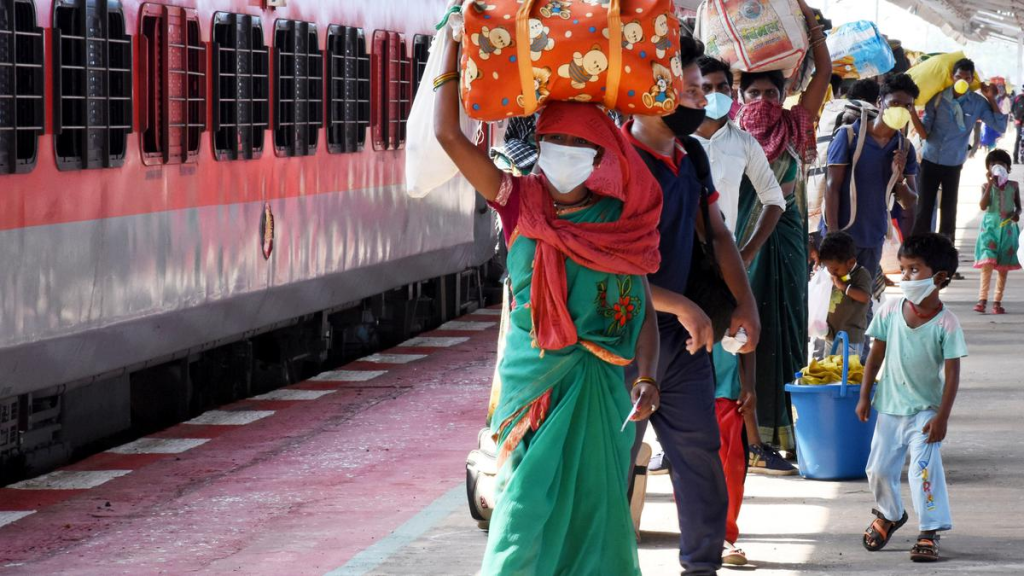
Meanwhile, Kerala’s economy thrives, especially in industries such as construction, steel, timber, and agriculture, all of which are heavily reliant on manual labor. The demand for workers has been consistent, particularly in sectors that face a shortage of locals willing to take on these tough jobs.
The Wage Difference and Economic Draw
One of the biggest draws for Odia workers is the difference in wages between Kerala and Odisha. While unskilled labor in Odisha pays as little as ₹300 per day, in Kerala, the same work can earn workers ₹600 to ₹700 daily. This significant wage gap pushes many Odia workers to migrate, hoping to earn enough to send home remittances that support their families and improve their livelihoods.
The Promise of Better Opportunities
In addition to better wages, Kerala offers workers more stable employment in industries where skilled labor is in high demand. For example, the state’s booming construction industry, which accounts for a large portion of migrant workers, offers not only higher wages but also job security for those who stay long-term. Skilled workers, including masons, plumbers, and carpenters, find consistent work, which allows them to improve their skills and increase their earning potential over time.
Challenges Faced by Migrant Workers
Although Kerala offers better wages, the reality for many migrant workers is not always rosy. Migrant laborers often face multiple challenges that make their experience much more difficult than it might seem on paper.
Exploitation and Wage Theft
Despite earning better wages, many workers face exploitation at the hands of unscrupulous employers and labor contractors. One of the most common issues is wage theft, where workers are not paid the full amount they have earned. Some employers delay payments or withhold part of the wages altogether, leaving workers in financial strain.
Labor organizations, such as the Centre for Migration and Inclusive Development (CMID), have reported numerous cases of workers not being paid their full wages for extended periods. This issue is compounded by unsafe working conditions, with little to no recourse for workers when accidents happen.
Inhumane Working and Living Conditions
Another significant challenge migrant workers face is the poor living conditions they endure. Many workers are housed in cramped, unsanitary accommodations, often living in overcrowded dormitories or makeshift huts. This lack of adequate housing can affect their health and wellbeing.
Additionally, many migrant workers travel to Kerala under inhumane conditions. Reports have surfaced of workers being packed into buses like cattle—far beyond their seating capacity, often with little to no regard for their comfort or safety. This exploitation by middlemen and labor contractors has raised alarms about the need for better regulations and oversight.
Limited Access to Healthcare and Social Security
While Kerala has implemented some welfare schemes for migrant workers, such as access to basic healthcare and financial assistance during the COVID-19 pandemic, many workers still struggle to access these benefits. Language barriers, lack of awareness about available services, and bureaucratic hurdles make it difficult for migrant workers to claim their rights and access social services.
The Economic Impact of Migrant Workers
Despite the challenges, migrant labor has played an essential role in sustaining Kerala’s economy. The workers contribute significantly to the state’s growth in multiple sectors, including:
Construction Industry
The construction industry in Kerala is one of the largest employers of migrant labor. In fact, migrants make up a substantial portion of the workforce in building homes, office buildings, and infrastructure projects. As the state continues to urbanize and develop, the demand for skilled laborers, including masons, electricians, and painters, continues to grow.
Agriculture and Timber
Kerala’s agricultural sector, though slowly modernizing, still relies heavily on migrant labor. Workers from Odisha contribute to the cultivation of crops such as rubber, coconuts, and spices. Similarly, the timber industry, which requires manual labor for cutting, transporting, and processing timber, depends largely on migrant workers from Odisha.
Remittances Back to Odisha
Migrant workers in Kerala often send substantial portions of their wages back to their families in Odisha. It is estimated that the remittances sent by Odia workers to their home state total around ₹35 crore annually, making a significant contribution to the local economy. These remittances play an important role in alleviating poverty and supporting local businesses.
Practical Steps for Workers and Employers
For Workers: How to Prepare for Migration
If you’re an Odia worker considering migration to Kerala, here are a few practical tips to ensure a smooth transition:
- Research Potential Employers: Before accepting any job, make sure the employer is reputable. Check for reviews or talk to others who have worked for the same employer.
- Understand Your Rights: Familiarize yourself with your rights as a migrant worker, including wage expectations, work hours, and safety standards. The Kerala Labour Department offers resources for migrant workers (Kerala Labour Department).
- Save and Budget Wisely: Set aside a portion of your earnings for savings and remittances. It’s essential to have a financial safety net when you’re working away from home.
- Know Emergency Numbers: Keep emergency contact numbers, including local police, health centers, and labor unions, readily available.
For Employers: Ensuring Fair Treatment
Employers should follow these steps to ensure fair treatment of migrant workers:
- Offer Fair Wages: Pay workers their due wages promptly and in full. Implement systems to ensure transparency.
- Provide Safe Working Conditions: Ensure that your workplace adheres to safety standards and provides workers with necessary protective gear.
- Support Migrants’ Welfare: Offer accommodation, healthcare, and legal support to workers. Help them integrate into the community by offering language classes and other resources.
- Work with Government Bodies: Cooperate with local labor departments and follow state labor laws to ensure the well-being of your employees.
Digitally Empowering Anganwadi Workers: Odisha Introduces ‘AWESOME’ App
Calcutta High Court Seeks Odisha’s Explanation on Alleged Detention of Bengali Workers
FAQs
1. What are the wages of migrant workers in Kerala?
Migrant workers in Kerala typically earn between ₹600 to ₹700 per day in the unskilled labor sector, which is significantly higher than in many other states.
2. Do migrant workers face exploitation in Kerala?
Yes, migrant workers often face exploitation, including wage theft, unsafe working conditions, and overcrowded living arrangements.
3. How much money do migrant workers send back to Odisha?
Migrant workers from Odisha send about ₹35 crore annually in remittances back to their families.
4. Are there government programs for migrant workers in Kerala?
Yes, Kerala has implemented welfare schemes for migrant workers, including healthcare support and financial assistance during emergencies like the COVID-19 pandemic.

